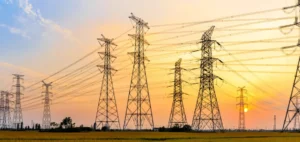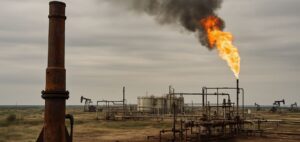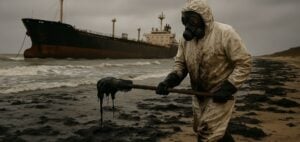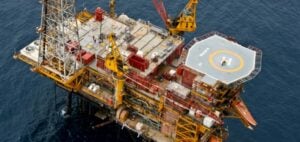After devastating Florida, leaving a potentially “substantial” death toll, Hurricane Ian was heading towards other states in the southeastern United States on Friday, including South Carolina and North Carolina.
Downgraded to a tropical storm after its passage over land, Ian has strengthened again to the point of being reclassified as a hurricane by the National Hurricane Center (NHC).
“Torrential rains are likely moving through North and South Carolina and southwest Virginia,” according to the NHC, which placed the entire South Carolina coast as well as parts of Georgia and North Carolina under a hurricane alert. Ian is then expected to “rapidly weaken” as it moves inland between Friday and Saturday, the agency said.
While images of streets turned into canals of murky water, boats thrown ashore like toys, houses smashed, hundreds of people were still waiting to be rescued in Florida.
“This could be the deadliest hurricane in Florida’s history,” U.S. President Joe Biden said during a tour of the offices of the federal agency that fights natural disasters, Fema.
“The figures (…) are not yet clear but we are receiving initial reports of casualties that could be substantial,” he added, ensuring that he would go as soon as possible in the southern state, but also in the U.S. territory of Puerto Rico, an island recently hit by Hurricane Fiona.
The president also declared a state of emergency in South Carolina, sending federal reinforcements there, according to a statement.
At a press conference Thursday night, Florida Governor Ron DeSantis said he expects a number of deaths from the hurricane. The elected official did not put forward a provisional figure, preferring to wait for the balance to be confirmed “in the coming days”.
“More than 700 confirmed rescues have occurred, and there will surely be many more as more data comes in,” the governor also said.
Night of anguish
After a night of anguish, the residents began the inventory of fixtures on Thursday. In the village of Iona, Ronnie Sutton, who has still not been able to return home, said he was convinced that the water had destroyed everything.
“It’s terrible. I guess that’s the price you pay when you live at sea level. Sometimes it backfires,” he lamented.
In Fort Myers, the flooding submerged some boats, pushing others into the downtown streets.
“It was terrifying noises, with debris flying everywhere, doors in the air,” testified a resident who witnessed the destruction, Tom Johnson.
At the same time, the search continued for 18 passengers of a migrant boat that capsized Wednesday near the Keys, nine others could be rescued. Among them, four Cubans managed to swim to shore.
Without electricity
Ian made landfall Wednesday afternoon as a Category 4 hurricane (on a scale of 5) in southwest Florida, before continuing its passage through the state, bringing strong winds and torrential rains.
As of Friday, 2.1 million homes or businesses remained without power, out of a total of 11 million, according to the specialized site PowerOutage.
In Punta Gorda, a small coastal town in the path of the hurricane, Ian uprooted some trees and knocked down utility poles and street signs. Its rains flooded the streets of the marina, where water was still up to the calves Thursday morning.
“It was relentless, blowing over our heads all the time. You could hear the metal banging against the building. It was dark. We didn’t know what was going on out there,” recounted resident Joe Ketcham.
Faced with the extent of the damage, Joe Biden had declared Thursday morning the state of major natural disaster, a decision that will allow additional federal funds to be released for the affected areas.
Before Florida, Ian hit Cuba, killing three people, causing extensive damage and leaving many homes without power.
Dozens of people took to the streets of Havana’s Cerro neighborhood Thursday night to protest the lack of lighting.
As the ocean surface warms, the frequency of the most intense hurricanes, with stronger winds and more precipitation, increases, but not the total number of hurricanes.






















